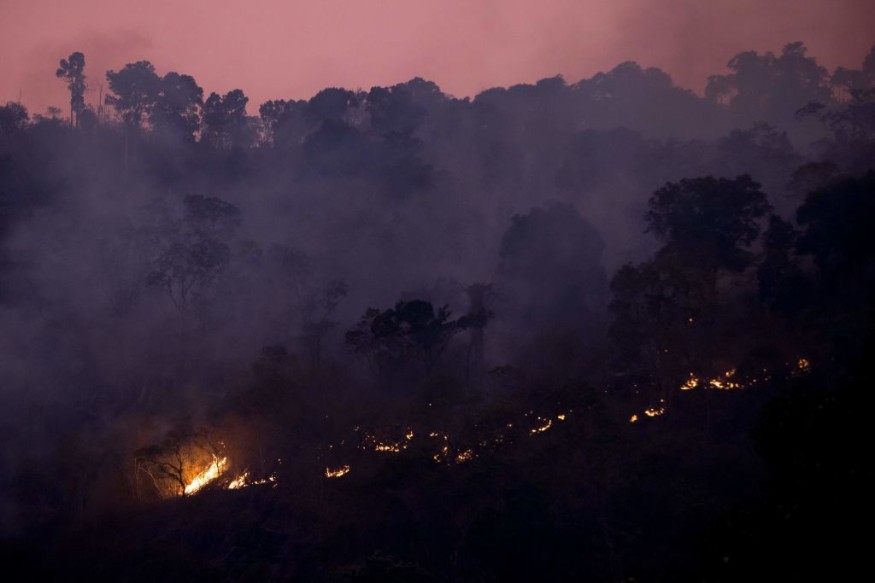A wildfire swept through a coastal city in South Korea earlier this week, killing at least one person, injuring several others, and forcing hundreds of people to evacuate.
The "Gangneung wildfire" spread quickly due to strong blowing winds.
However, recent rainfall has helped in the quelling of the fire but measures are still in place to avoid further casualties.
Gangneung Wildfire

The fire started at around 8:00 p.m. local time in Gangneung on Tuesday, April 11, and was almost extinguished as of 4:30 in the afternoon after engulfing a total land area of 170 hectares, forcing the evacuation of approximately 550 residents across the eastern coastal city of over 200,000 residents, according to the Korea Forest Service, as cited by Channel News Asia (CNA).
Local officials reported the Gangneung fire was spread by strong winds on Tuesday and fears of further expansion of the wildfire eased due to rain showers that helped firefighter to tackle the blaze.
In addition to the reported fatality which is a man in his 70s, the flame injured three people, including a resident and two firefighters, and destroyed dozens of buildings, the country's national forestry agency adds.
Gangneung Fire Origin
Initial reports from officials indicate the wildfire may have started after powerful winds had blown a tree onto live power cables, as cited by CNA.
As mentioned earlier, the fire was fueled by strong winds and persisted for eight hours, prompting almost 3,000 firefighters to extinguish the blaze that started on a mountain area in the central part of Gangneung.
The raging flame destroyed approximately 70 homes and other buildings in the area, The Associated Press reported.
On Tuesday, winds in the Gangneung area experienced a speed of up to 103 kilometers per hour (64 miles per hour), according to the Korea Meteorological Administration, as cited by AP News.
Fire Mitigating Measures
During the early stage of the response, firefighters focused on erecting barriers to prevent the flames from spreading to more populated areas of Gangneung.
Photos posted online showed the firefighters sprayed water at burning houses and buildings, as well as on orange flames which burnt a pine forest area near a seaside resort hotel, ABC News reported.
In response to the natural disaster, the presidency office said South Korean President Yoon Suk Yeol issued an order to local authorities to mobilize all available resources, including manpower, to put out the blaze as soon as possible and quickly evacuate nearby people to minimize casualties.
South Korea Wildfires
South Korea is currently in its spring season; thus, the occurrence of wildfires is likely due to relatively warm temperatures as well, which is one of the fire weather conditions.
According to the organization Global Forest Watch, South Korea's peak fire season typically starts in late January and last for around 12 weeks.
Over the past year, there were 26 fire alerts reported between April 11 in 2022 and April 3 in 2023, which consists of "high confidence alerts" only.
© 2025 NatureWorldNews.com All rights reserved. Do not reproduce without permission.





